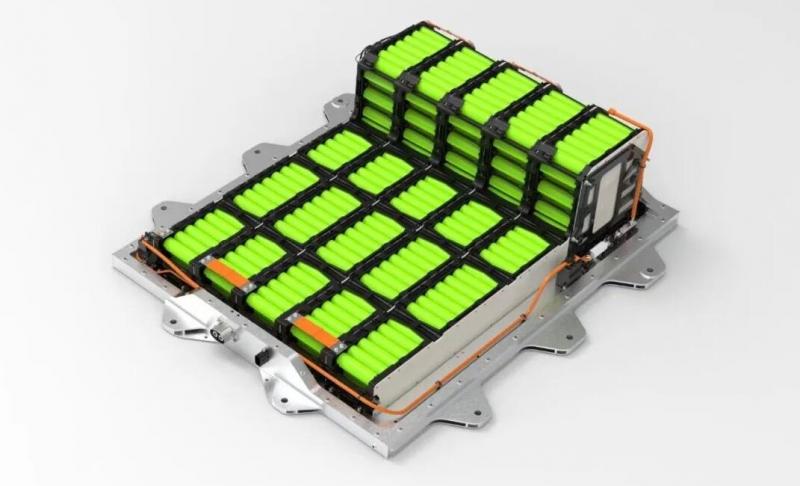Introduction to Sodium-ion Technology
Sodium-ion batteries, also known as Na-ion batteries, are a promising technology for low-cost electrical energy storage. Similar in design and chemistry to lithium-ion batteries, sodium-ion batteries substitute sodium ions for lithium ions during the charge-discharge process. Sodium is much more abundant in the Earth's crust than lithium, present in vast salt deposits and at lower cost. This makes sodium-ion batteries an attractive alternative with potential for grid-scale electricity storage.
Battery Chemistry and Components
At the core of the sodium-ion battery is its cathode, anode, and electrolyte. For the cathode, common materials explored include various nickel, cobalt, manganese, and vanadium oxides. These serve asSodium and Lithium Analoges host structures that allow sodium ions to intercalate during operation. Graphite, which effectively stores lithium, does not store sodium ions very well. Instead, hard carbon is a promising anode material that allows for sodium ion insertion and extraction.
The electrolyte solution enables sodium ion transport between the electrodes. Early experiments used liquid electrolytes like those found in lithium-ion batteries. However, solid-state electrolytes based on sodium superionic conductors offer advantages for safety and durability. Ongoing research is working to develop high conductivity solid electrolytes compatible with sodium-ion battery chemistry.
Battery Performance Compared to Lithium-ion
While Sodium-Ion Battery share a similar design to lithium-ion, there are notable differences in performance. Sodium ions are larger than lithium ions, giving them lower mobility during operation. This leads to lower charging rates and reduced energy density compared to lithium batteries. Early sodium-ion prototypes demonstrated voltage ranges between 1-4 volts, giving lower per-cycle storage than today's lithium-ion batteries.
Cycling stability for sodium-ion prototypes is on par with lithium-ion, achieving hundreds of charge-discharge cycles. However, issues with sodium plating during fast charging present challenges. Dendrites, or filament-like sodium deposits, can damage the battery. Considerable research addresses controlling sodium plating through electrode and electrolyte development. Improved performance is expected as the technology matures.
Cost Competitiveness for Grid Applications
While sodium-ion batteries will unlikely reach the energy density of lithium technologies, their low material cost holds promise. Sodium is approximately 500 times more abundant globally than lithium. This translates directly to lower electrode manufacturing costs. Combined with their multi-hundred cycle lifetimes, sodium batteries have potential for cost-competitive stationary storage applications.
Research Supporting Grid-Scale Deployment
Government and industry groups actively fund research to realize the sodium-ion battery's potential for grid storage. In the U.S., the DOE’s ARPA-E program provides support. Research focuses on developing high-capacity cathode materials, dendrite-resistant electrolytes, and optimizing full cell configurations. The U.K.’s Faradaic Battery Society also backs academic efforts.
Get more insights on Sodium-Ion Battery
